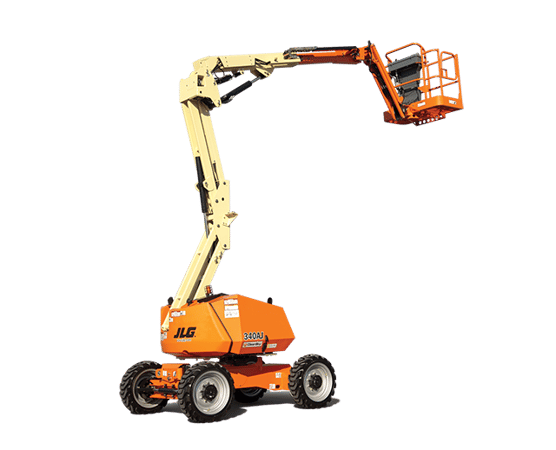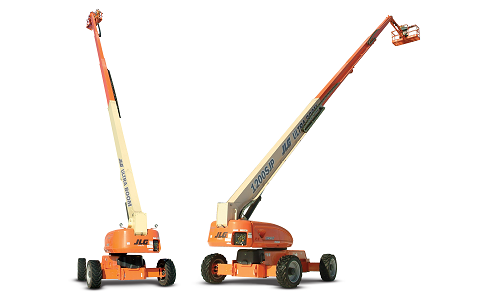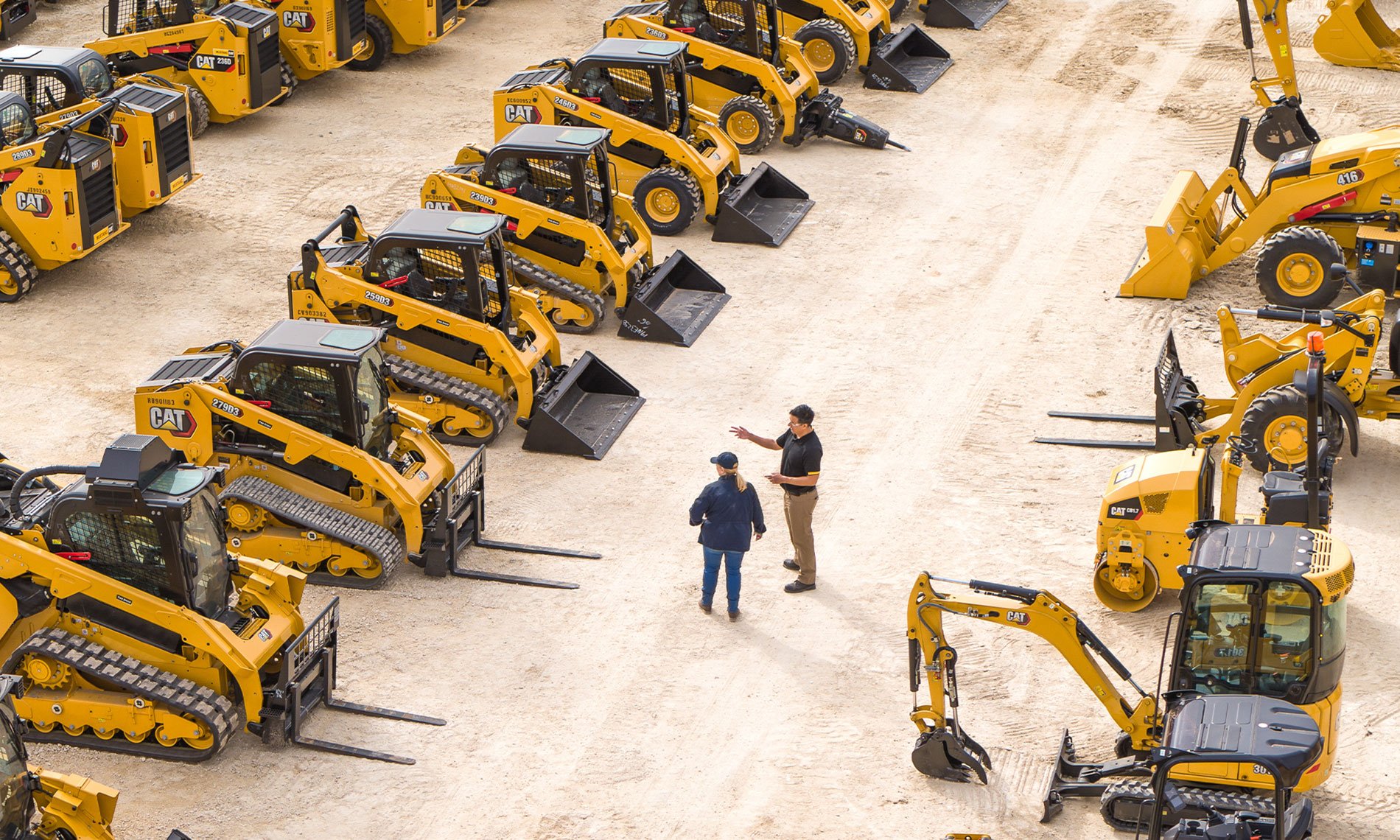Construction Equipment Rentals: Sturdy Equipment for Your Projects
Construction Equipment Rentals: Sturdy Equipment for Your Projects
Blog Article
Optimize Your Budget by Comprehending the Costs Connected With Building Devices Leasings
Recognizing the complete scope of expenses associated with building and construction equipment leasings is important for maximizing your spending plan. What techniques can be employed to properly take care of these expenses and ensure a much more efficient rental experience?
Review of Rental Expenses
When taking into consideration building and construction devices leasings, recognizing the linked prices is extremely important for efficient budgeting and project preparation. Rental costs can differ considerably based on numerous elements, consisting of devices kind, duration of service, and location. The first rental charge often shows the equipment's market need and its associated operational capacities, influencing the total expense.
Along with the base rental price, ancillary prices may develop, such as transportation fees, gas surcharges, and upkeep charges. It is important to represent these additional expenses to accurately evaluate the complete cost of leasing devices. Moreover, the rental period can influence prices; longer rentals may receive discounted prices, while short-term services could sustain higher daily charges.

Break Down of Rental Rates
A thorough understanding of rental rates is vital for contractors and job managers intending to optimize their spending plans. Rental rates for building equipment typically consist of several parts, consisting of base prices, time-based costs, and use costs.
Base prices are the core fees connected with the leasing of the devices, frequently identified by the kind and size of the machinery. These prices can differ significantly, influenced by aspects such as equipment need, availability, and local market trends. Time-based costs, which may be daily, weekly, or monthly, offer to suit various task timelines and rental periods.
Additionally, rental rates may consist of usage charges, which are appropriate when tools is utilized past a defined limit, making certain that the rental company can represent damage. Seasonal need fluctuations can also affect rental rates, with peak construction seasons generally regulating higher rates.
In addition, comprehending the rental firm's plans concerning maintenance and insurance policy can supply more understanding into the general cost structure. By analyzing these parts, professionals can make enlightened choices, guaranteeing the option of rental tools lines up with both job needs and budget plan restraints.
Added Costs to Consider
Understanding the ins and outs of extra fees is crucial for professionals to handle their general leasing expenses effectively. Beyond the typical rental prices, numerous auxiliary fees can significantly affect the overall cost of tools rental. These costs commonly consist of delivery and pickup charges, which can vary based on distance and logistics involved in transferring the equipment to and from the work website.
Additionally, some rental firms may enforce gas surcharges if the tools is returned with less fuel than when rented out. It is additionally necessary to understand possible cleansing fees, particularly for customized tools that needs complete upkeep after usage.

Extensively evaluating the rental contract and clarifying these added fees upfront can aid contractors ensure and stay clear of unanticipated prices that budget plans remain intact throughout the task lifecycle.
Repair And Maintenance Expenditures
Routine repair and Clicking Here maintenance expenditures are often neglected elements that can dramatically affect the total cost of construction devices rentals. When renting out tools, it is essential to think about not only the rental fees but likewise the possible costs related to maintaining the machinery in optimal operating condition.
Many rental firms include standard upkeep as component of the rental contract; nevertheless, much more considerable fixings or unanticipated break downs can lead to extra costs. It's vital to review the rental contract carefully to recognize what upkeep services are covered and what duties fall on the tenant.
In addition, equipment that is not well-maintained can lead to inadequacies at work website, potentially increasing and triggering hold-ups task costs. To minimize these risks, it is a good idea to carry out regular assessments and preserve open communication with the rental supplier relating to any kind of problems that develop during usage.
Insurance Policy and Liability Costs
Insurance and responsibility costs are critical elements that can substantially affect the overall expense of building and construction tools rentals (aerial lift rental). These costs make certain that both the rental business and the client are protected from prospective financial losses emerging from mishaps, damages, or burglary during the rental duration

Furthermore, clients ought to be aware of any kind of deductibles or exemptions in the insurance coverage plan, as these can influence possible out-of-pocket expenses. Recognizing the conditions of any type of insurance coverage is vital to avoid unexpected costs. Eventually, budgeting for insurance coverage and obligation expenses can help make sure a smoother rental experience and shield against monetary risks connected with building and construction projects.
Conclusion
In final thought, an heavy duty forklift hire extensive understanding of the costs associated with construction tools leasings is important for effective budget plan management. Eventually, informed decision-making relating to equipment leasings contributes to the general success of building undertakings.
Rental costs can differ substantially based on several factors, including devices type, duration of rental, and location (rental company near me). The rental period can affect rates; longer services may qualify for reduced rates, while short-term rentals might incur higher daily charges
By conducting extensive study and engaging with reliable rental business, contractors can successfully navigate the intricacies of rental rates, eventually maximizing their financial sources.
Beyond the standard rental rates, numerous supplemental fees can significantly influence the total price of equipment leasing. Rental companies frequently give obligation insurance that covers injuries to 3rd celebrations or damages to home, while equipment damages insurance coverage can cover the price view it of repair services or replacement if the rented out tools is damaged.
Report this page